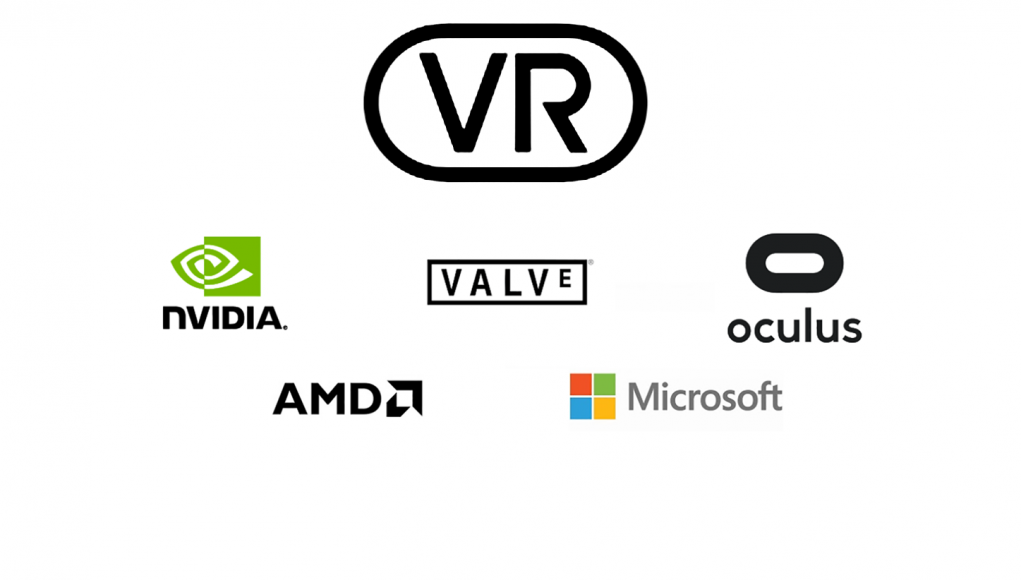A consortium representing many of VR’s most prominent players—NVIDIA, AMD, Valve, Oculus, and Microsoft—have backed a new connector standard called VirtualLink which the companies say was “developed to meet the connectivity requirements of current and next-generation virtual reality (VR) headsets.”
Today the newly christened consortium revealed VirtualLink, an “open industry standard” which is an “Alternate Mode” of USB Type-C, the newest type of USB plug. The purpose of VirtualLink, say the companies, is to not only condense VR headset plugs down to a single, thin cable, but also to meet the needs of next-gen headsets.
The group says that the single VirtualLink connector offers four high-speed HBR3 DisplayPort lanes (which are “scalable for future needs”), a USB3.1 data channel for on-board cameras, and up to 27 watts of power. The standard is said to be “purpose-built for VR,” being optimized for latency and the needs of next-generation headsets.
Most major tethered headsets today require two or three plugs on the end of the cable which need to be plugged in. The Rift, for instance, has one HDMI plug and one USB plug. The Vive has one DisplayPort plug, one USB plug, and a separate power plug that needs to connect to a wall outlet.
The VirtualLink connector aims to reduce these plugs down to a single USB-C connector capable of the VirtualLink mode. The group says that the single, simple connector will make it easier to connect VR headsets to smaller form-factor devices like slim laptops which may lack full-sized USB and display ports.
Interested companies can request an advanced overview of the upcoming VirtualLink 1.0 specification on the official website.
At present it isn’t clear where the VirtualLink port will actually be found when it first becomes available. Current VR headsets plug their display connectors directly into the GPU for video output and separately connect over USB to the motherboard for data I/O. A VirtualLink connector built into the GPU would make sense considering that’s where the image rendering is happening, but then the GPU would be responsible for the extra task of transferring data I/O to the motherboard and back. Conversely, a VirtualLink connector on the motherboard would ostensibly need to pipe data from the GPU through the motherboard before reaching the connector and the headset.
We reached out to the consortium to inquire about this but they weren’t ready to share such details at this time. A prior rumor however suggested that future NVIDIA GPUs would include a new VR-specific connector, which may very well have been referring to VirtualLink.







